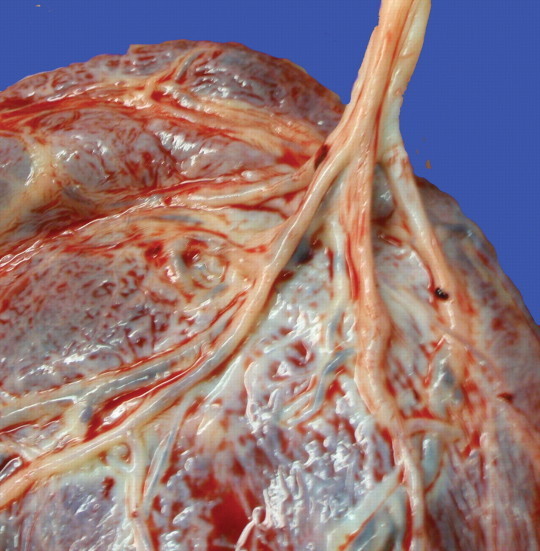#Placenta
Text
Researchers have found evidence of a potential link between patterns of changes in a key pregnancy hormone called placental corticotropin-releasing hormone and symptoms of postpartum depression.
The findings, published in Psychoneuroendocrinology, add to a growing body of research on physiological risk factors during pregnancy tied to adverse postpartum outcomes.
“One in 5 women report experiencing elevated depressive symptoms within the year after giving birth,” says lead author Isabel F. Almeida, assistant professor of Chicano/Latino studies and director of the Latina Perinatal Health Lab at the University of California, Irvine.
Continue Reading.
37 notes
·
View notes
Text
“Mothers eat their placentas and no one bats an eye but when, I, Hannibal Lecter- “
- Hannibal Lecter some time, probably
#nbc hannibal#alana bloom#hannibal#hannibal lecter#hannibal rising#hannigram#hugh dancy#mads mikkelsen#silence of the lambs#the red dragon#placenta#joke#idk what the fuck is this#incorrect quotes
934 notes
·
View notes
Note
What do you think about sturgeon fish and do you have a favorite species
I think sturgeons are fucking incredible. Coming in around the late cretaceous and still being here relatively unchanged is fuckin awesome. Evolutionarily speaking theyre fuckin crazy i love them. They have similar anatomy to sharks despite being something completely different, and instead of getting rid of their big bony scutes in flavor of more flexible scales like most fishes nowadays, they are out here like ehehe armor.
2000000/10 fish
Favorite species is probably Acipenser stellatus (Starry Sturgeon)
They just look so cool 👍
100 notes
·
View notes
Link
55 notes
·
View notes
Text
my brother watches yellowjackets with me, and when he saw a fairly accurate placenta on screen, he actually gagged and said he was going to throw up.
and i just kind of chuckled, and he was like what is it??
and i was like...if you'd ever had a period...you'd know this really isn't that big a deal. that kind of shit comes out on the regular.
and the look of horror he gave me was hysterical.
women and people with vaginas are so metal, y'all.
you just do that shit sometimes, and it's like nothing to you.
warriors.
#hmmm#yellowjackets#placenta#periods#menstruation#seriously though#some of the shit that comes out is like organs and mucus and strings of horror#but you feel weirdly happy to see it#because its like oh thank god#i got that nasty shit out#im cleaning#im doing summer cleaning#it is disgusting but in the way natural things kind of are#maybe im insane#maybe im fucking weird#but by that point im just glad its gonna be over#i find pre period pains way worse than the actual bloodletting
61 notes
·
View notes
Text

Transfer Window
A lab-grown model (organoid) of the human placental barrier allows study of placental development and of the potential for molecular exchange and transfer of nutrients, drugs etc to the foetus
Read the published research article here
Image from work by Takeshi Hori and colleagues
Department of Diagnostic and Therapeutic Systems Engineering, Institute of Biomaterials and Bioengineering (IBB), Tokyo Medical and Dental University (TMDU), Tokyo, Japan
Image originally published with a Creative Commons Attribution 4.0 International (CC BY 4.0)
Published in Nature Communications, February 2024
You can also follow BPoD on Instagram, Twitter and Facebook
11 notes
·
View notes
Photo


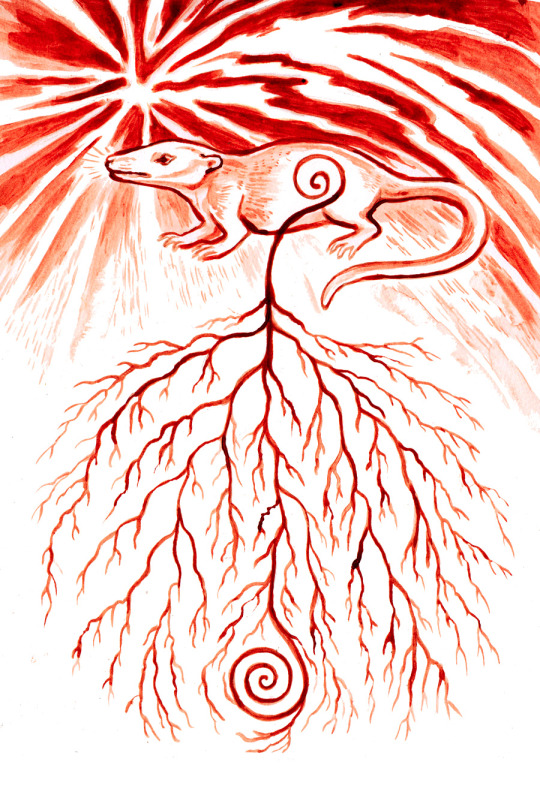
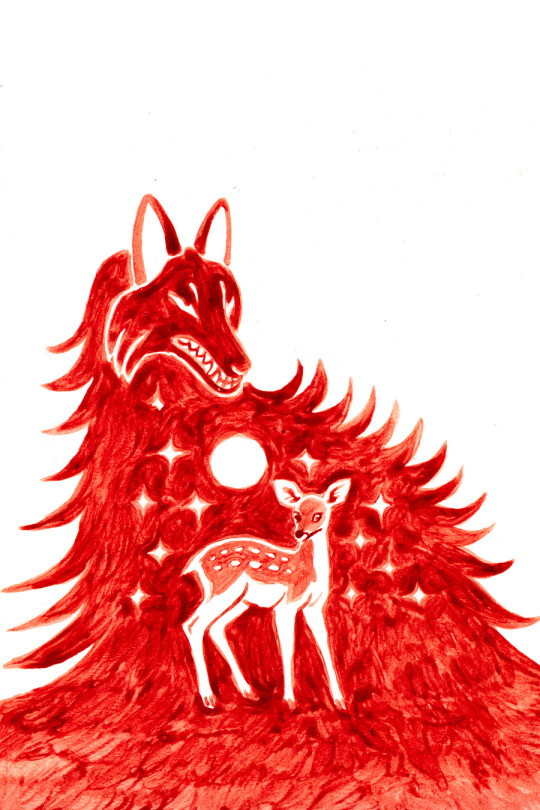
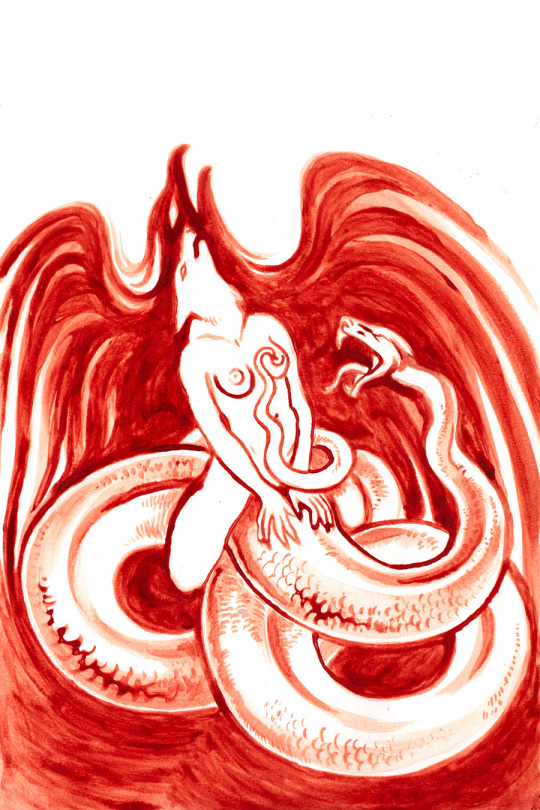
Moonpaintings this month :D Someone please push me to make a book, I think I have enough to make one now XD
276 notes
·
View notes
Text
I'm sorry in advance but I thought about it and now everyone must suffer with me
you think Hannibal ever got hold of a placenta whether through murder or other means and used it to make lasagna
or whatever you make with placenta, does Hannibal make lasagna or is that too pedestrian
33 notes
·
View notes
Text

Mammal (Mezozoic 3)
2023, oil on canvas, 30x40in. Paleofacture
#artists on tumblr#oil painting#janet bruesselbach#queer artist#original art#paleofacture#evolutionary biology#paleontology#genetics#placenta
18 notes
·
View notes
Photo

A dat in a pathomorphologist’s life: _ Placenta moments after childbirth! The placenta is an organ that develops in the uterus during pregnancy. This structure provides oxygen and nutrients to a growing baby and removes waste products from the baby's blood. The placenta attaches to the wall of the uterus, and the baby's umbilical cord arises from it. The organ is usually attached to the top, side, front or back of the uterus. In rare cases, the placenta might attach in the lower area of the uterus. When this happens, it's called a low-lying placenta (placenta previa). Usually, placenta delivery is quick, within about 5 minutes after the baby is delivered. But sometimes can take up to 60 mins. After childbirth, the uterus contracts, which pulls the placenta away from the wall of the uterus and pushes it out. 🧠Did you know that the placenta is also nicknamed the “tree of life”? This nickname is partly because its function is life-sustaining, but also because when looking at it, the veins do resemble a tree. #emergencymedicine #hospital #obstetrics #obgyn #placenta #childbirth #medicaleducation #ems #emt #paramedic #nursing #neverstoplearning https://www.instagram.com/p/CpfNyJmMYcm94-UP8j_cM__oSA3-Wyc41xJ9FA0/?igshid=NGJjMDIxMWI=
#emergencymedicine#hospital#obstetrics#obgyn#placenta#childbirth#medicaleducation#ems#emt#paramedic#nursing#neverstoplearning
26 notes
·
View notes
Text

Having babies is beautiful.
I'm sorry.
#birth#giving birth#having a baby#placenta#bad art#captainpirateface#bipolardepression#chemicalimbalance#wtf#captainpiratefacelovesyou#sighthsandsoundsofinstagram#sights and sounds of tumblr#sights and sounds#viscera#visceral
3 notes
·
View notes
Text
Tempo addietro son stato avvolto in una diversa placenta. Realizzata utilizzando alcune delle vicissitudine credute di crescita personale, generale e puramente vitale. Come tutte le placente che ci nutrono, proteggono e sostengono, però, anche la medesima era prontamente destinata a terminare esaurita la sua funzione. La fuoriuscita è tutt’oggi in corso e dispersiva come uno sgorgo sovrabbondante di parole e gesti, come se iniziassi a comunicare e muovermi nuovamente da nuovo essere, una nuova vita che ha tutto e non ha più nulla.
2 notes
·
View notes
Link
41 notes
·
View notes
Text
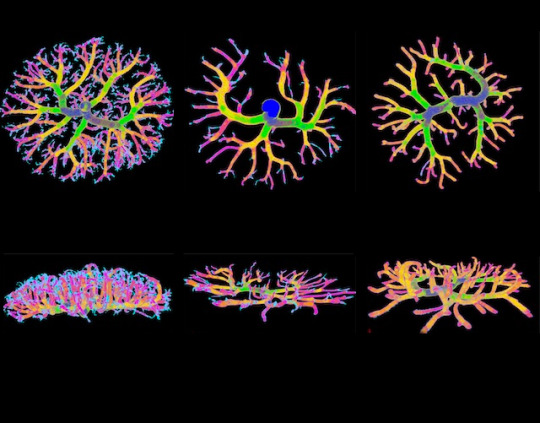
Mother’s Bugs
This study in mice demonstrates that the maternal microbiome promotes the growth of the placenta and its blood vessels. This image shows reconstructions made using micro-computed tomography of foetal-placental arteries
Read the published research paper here
Image from work by Geoffrey N. Pronovost and colleagues
Department of Integrative Biology and Physiology, University of California, Los Angeles, Los Angeles, CA, USA
Image originally published with a Creative Commons Attribution 4.0 International (CC BY 4.0)
Published in Science Advances, October 2023
You can also follow BPoD on Instagram, Twitter and Facebook
#science#biomedicine#biology#computed tomography#microcomputed tomography#microbiome#placenta#pregnancy
12 notes
·
View notes

